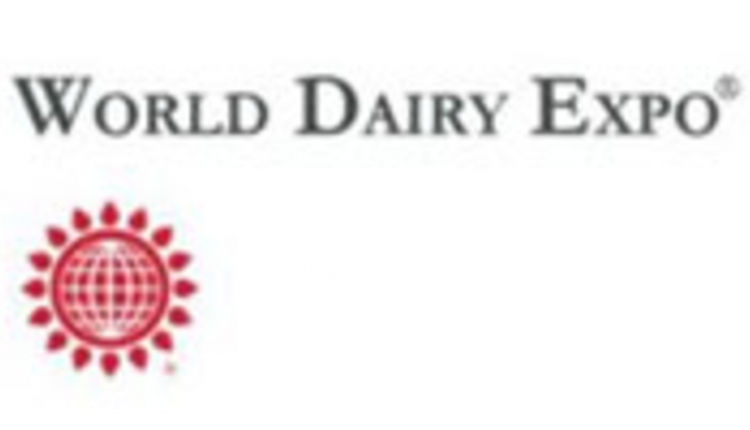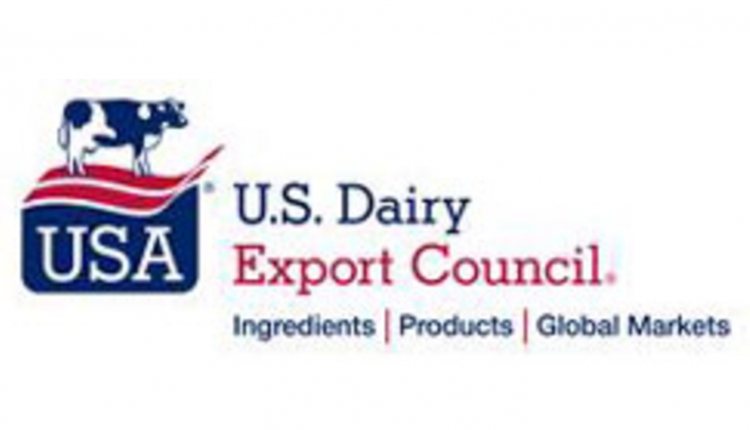
It never fails! Just about the time the cows are really in the sweet spot for milk flow, reproduction success, and cow health, a forage change is required. This same principle is at work with the ending of old contracts and the beginning of new ones that may require a change in a protein ingredient or perhaps a different corn by-product. Though these nonforage ration changes need to be handled with care, a change from soybean meal to canola for the primary protein ingredient is nothing compared to a move from corn silage to wheat silage as the primary forage supply in the diet.
When considering the tools we have to work with when balancing diets, we should take these changes in stride and trust the formulation models to supply the same quality and design of the rations on both sides of this change. After all, this is what ration formulation is all about. If the rations never changed, the world would need a lot fewer nutritionists. The opposite, however, is actually true.
Working with supplies
So many of the forage characteristics of a farm and the diets fed there are related to where the dairy gets the forage. If they grow it themselves or cooperate with neighbors for feed, these changes may only come once or twice per year.
It could be that a dairy harvests and stores enough corn silage to feed through an entire year but what I often call secondary forages come and go with the seasons. It is common to see corn silage carry the weight of the forage in the ration while other options like small grain silages, sorghum forage, and alfalfa come in and out.
In other areas, sorghum silage is taking that key role due to interest in conserving water. Limited amounts of corn silage may cover part of a year while small grains get you through the rest of the calendar.
We shouldn’t forget alfalfa. In some regions of the country, alfalfa is still the forage base of dairy diets. In other areas, alfalfa hay seems to flex up and down to fill the gaps where local silage production may fall short.
The exact cadence, or at times literal unpredictability, of these forage changes vary across different regions of the country. Much of this is determined by economics, drought, the previous winter’s snowpack, and even loss of farm land to urban sprawl. The goal is to keep the diet as steady as possible, but in many cases, change is inevitable.
If the cows are milking at a level that is not up to expectations, perhaps a forage change will be met with optimism. In other cases, the sweet spot found that has resulted in high milk production is threatened by a major forage change. In either case, thoughtful ration formulation can be the ticket to get to the other side.
Track changes
The first principle to elevate the chance for success is knowledge. Most modern dairies have found that forage inventory management is about as important as managing the cows.
It is critical to keep close tabs on starting inventories and feedout rate to best predict the timing of the change. Yes, the ration models can create two diets of nearly the same nutrient supply with different forage bases, but good cow sense and even a basic understanding of rumen fermentation will tell you that gradual changes are better than abrupt ones. Making a 1- to 2-pound change in feed rate of a forage now is much better than waiting until closer to the end and needing a large feeding rate change that will certainly have a negative impact on the cows.
Most feed programs or even basic spreadsheets can handle this task nicely. If you know the starting inventory based on trucks moving across the scale, you can apply some shrink value and then divide this volume by cow numbers and feed rate to calculate a run-out date. This is not exact science, but the approach is better than eyeballing a diminishing pile of silage and guessing if you will make it to new crop or not.
There are even approaches now that can use drones to view the pile from above and calculate the remaining inventory to check the math along the way. You can also do this “old style” by measuring piles by steps.
Mix and match
The next principle is blending. When great care is taken to dial in a correct feed rate to have the old forage run out on schedule, it is smart to begin blending these two forages to ease the transition. Some people take this blending out over several weeks; others feel 10 days to two weeks is adequate.
One reality to note is that if you wait too long to start the blending, you might be feeding the ending heel of the old pile while feeding the recently opened heel of the new crop material, really throwing a curve ball to the cows. Using the last few feet of the old pile and the first few feet of the new pile for dry cow or heifer rations is a good practice.
In this case, you can even have sample results back from the lab before needing to feed a significant amount of the new silage to milking cows. No matter what degree of detail you take in this process, the cows will likely notice and show their appreciation with steady milk production.
What should you do when the forage that is running out is very different from the new forage? This is when you need to lean on a solid lab analysis effort and ration formulation.
An example of this would be a dairy changing from a corn silage-based diet to a small grain- or sorghum silage-based diet. In each case, there are a few key nutrients needed to be sure that the nutrient supply on both sides of the change remain constant.
The most obvious one of these is starch. Since 40% to 50% of corn silage can be corn grain, knowing the exact level of the starch in the current silage will be key to knowing how much corn grain needs to be purchased and added to the new ration.
The further detail on the starch question is the speed and availability of the starch in the silage and what options may exist to replace that with purchased grain. Pay attention to other carbohydrates like sugar and soluble fiber that may be present in the new forage and indicate if the dietary starch needs to be kept steady or not.
There are many details to consider. A good forage analysis plan and a strong nutrition model can lead the way.
A similar effort will be needed if a dairy is moving from a high alfalfa feeding rate diet to more of a silage diet. In this case, the loss of protein supplied in the forage fraction will be of great importance when building the new diet.
If the cows are milking well and MUNs are in a good range, careful attention to which protein to add to the diet can keep the cows steady. It could be that a blend of protein is really needed to match what the alfalfa was providing. Analysis of the diet and the alfalfa along with a close eye on MUNs through the change will lead to success for milk production and cost management.
The fiber details
The last nutrient to consider is fiber. It can be called fiber, forage, roughage, or even fodder, but in any case, if things are going well with the current diet, knowing various fiber details in the new and old forage is key.
Much of this comparison will center around the neutral detergent fiber (NDF) content of the forage. This portion of plant material is of great importance in formulation. However, it is the more detailed description of the NDF that will ensure success.
Using digestibility measures at various points in time, including NDF digestibility (NDFd) at 12, 24, or 30 hours, will help immensely in building the new diet. Also, the undigested portion of the forage (uNDF) is helpful in managing intakes, rate of passage, and cow health. After measuring these at the lab, simply watching cows chew their cud (or not) along with keeping an eye on manure health will complete the task on formulating correctly for differing fiber levels in the old versus the new forage.
Dealing with change
Change is inevitable in all parts of life. The same is true with the forages used to build dairy rations. The goal in these required changes is to either keep the status quo if the cows are doing well or take advantage of the change to create a better ration for improved results.
At times, though, the reality might be that you are moving from good quality forage to something less than desired. If these undesirable traits are simply related to maturity, reduced digestibility, and lower protein levels, I am always confident that the nutrition model — along with a little more grain, protein or high-fiber by-products — will result in a well-built ration.
If the undesirable traits are more related to things like poor fermentation, high ash, molds, mycotoxins, and other antinutrient factors, the chances for success are much lower. Diluting these negative influences is perhaps the only path other than the consideration of selling a forage crop and purchasing an alternative to maintain good production.
Our forage ingredients are the most complicated and also most important parts of our rations. Buying grains, protein, and by-products to complete the diet is the easy part. At times, it takes a few weeks to learn how to feed a new-crop forage. A great deal of attention to the analysis, the formulation, and, most importantly, the cows will always be the keys to success.





